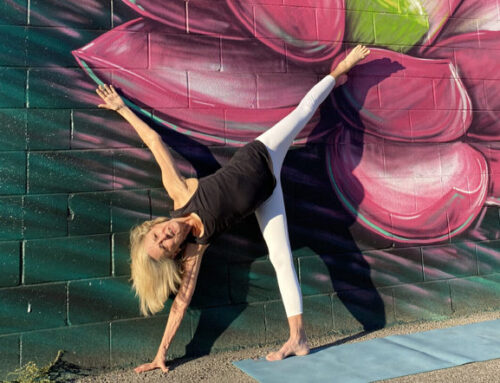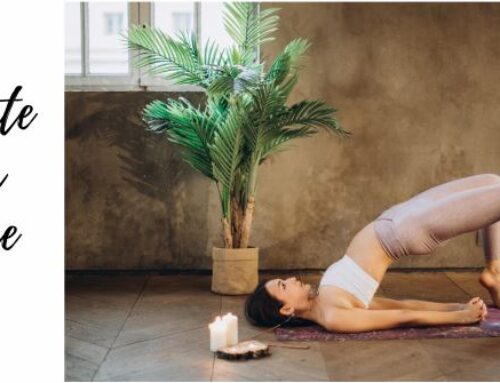While sorting through boxes of forgotten stuff in the attic I found a book that I must have purchased in the 8o’s. Perhaps it was a gift or a give away, I don’t remember but I know I’ve seen that cover through several moves. I’ve never read the book and I’ve never tossed it. So, this time I decided to read it and decide if I am ready to part with it.
Granted, I did not read the book from cover to cover but the interviews with “older women” that I did read made it clear to me that “The Gifts of Age”, as presented in this book, seem more like a Christmas gift of coal in my stocking . One interview tells of a gardener whose hands don’t work anymore and another of an artist who is blind from age. Oops, I missed the gift. The stories I read made aging seem like a punishment.
I was hoping for stories of women realizing the fullness, depth and wonder of life. I was looking for spiritual maturity and experiences of great joy. Or, perhaps, a clarity or truth that comes with time.
I was entering my 40’s when I bought this book. Now I am of an age where I could contribute a chapter. If asked to write a chapter,I would write about how the physical universe blows me away. I see unbelievable complexity and intelligence and beauty. Having spent my entire adult life studying movement and the human body, I know one lifetime is not long enough to learn it all. Here’s hoping for reincarnation.
Back to the book. It reflects the beliefs of it’s times. We are now rewriting our beliefs about aging. The new script say that age doesn’t have to mean being sick or disabled. It doesn’t require talking about one’s most recent surgery or medication or lab results. Maturity can mean health, adventure, freedom, strength, expansion and learning. And, it is very possible, that our sickness and limitations are as much about repeated destructive habits of a lifetime as about age. Yes, time is involved. The habit might be physical or mental or attitudinal or dietary. You name it. It is something repeated over time that does not serve us .The drawback of repeating a pattern over years is that the pattern may not have been the best choice to begin with and the consequences of our choices are magnified by time. That’s right. The problem you are experiencing may not be because of the number of years you have lived. It may be about the number of times you have a repeated a less that life-giving habit. But we always have choice. We can learn and change. We can recognize the pattern and change it.
There are many ways to work with habits. If your problem is physical the Feldenkrais Method teaches you how to change movement limitations. Try the short lesson at the end of this article and get started improving. A person can learn to move better at 60, 70, 80 and up. You can get stronger and get back in the game.
I’m not saying don’t take the meds or don’t have the surgery. If you need surgery or medications of course do that. I’m saying don’t stop there. Get off the couch and get back in the game of life. Your wisdom and knowledge are needed. YOU are needed. You are needed to rewrite the book on aging. Let’s write some fun chapters this time.
Take a moment to try this brief Feldenkrais lesson on Better Balance. Feel and appreciate your body’s intelligence as it continually self-corrects itself in standing
Stand in the middle of the floor away from the walls and furniture. Have your feet a comfortable distance apart and your arms hanging at your sides. Before reading the rest of the instructions, close your eyes for 30 seconds and notice what happens. Were you able to feel how your body would move a little in one direction, stop and then move in another direction constantly self-correcting for balance?
Put your feet together so that your ankles and knees are touching. By moving your feet together you decrease your area of support so your nervous system has to work harder to keep you upright—this will exaggerate the corrective movements. Close your eyes again and notice what happens this time.
Now, with your eyes open, feet together, and hands on your hips, move your pelvis from side to side very slowly. Only go as far as you can without compromising your balance. Feel the weight shift from one foot to the other.
Pause a moment.
With your feet in the same starting position, move your bottom backwards and then your belly forwards so that you feel the weight shift back and forth from your heels to your toes.
Pause a moment.
With feet still together, arms at your sides and eyes closed notice how much corrective movement you feel now. Chances are you feel less movement than the first time you did this. Why?—because you have been sending proprioceptive information from the bottoms of your feet to your brain. This new awareness has improved your balance. Practice these movements on a regular basis to keep the improvements you feel.
Barbara Anderson, M.A., offers classes and workshops at her studio, Body & Soul K.C. in Kansas City. She has been teaching movement for over 30 years. If you have a problem that involves movement, she has something wonderful to offer you.








Leave A Comment